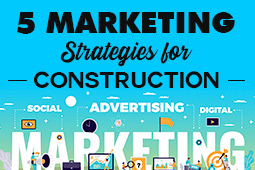
Why do you need a logo for your company? What is its purpose? What points should you consider before creating your logo?
There are three very important points to consider before creating your logo: the choice of the icon, the font, and color of your logo.
These three criteria will determine whether or not your logo suits your company's identity. It is essential to consider these factors before you start designing a logo because it is the first visual element that clients will see.
Some companies only focus on one of these criterias when creating their logo. Google, for example primarily focuses on colors. other multinational companies like Apple, focus more on shapes (an apple). Cocacola only focuses on the calligraphic aspects (fonts) to represent their products.
What does this all mean? basically that when it comes to logo design and creating an identity for your company, there are no limits! However, depending on the kind of business you run, you must carefully analyze the image that you want to convey to your clients.





